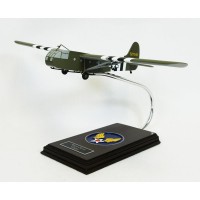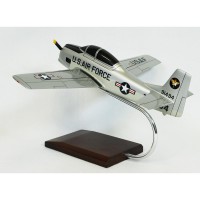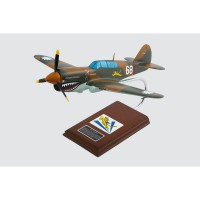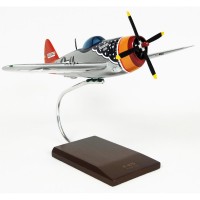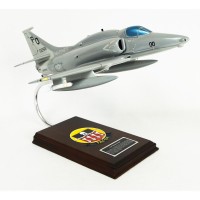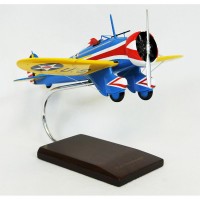REGIONAL WAREHOUSE NETWORK FOR RAPID DELIVERY | 877-288-8077
E-2C Hawkeye Model
$239.95/Each
Part# 13-10518
MFR Model# AE2CT
MFR Model# AE2CT
Overview
|
The E-2 Hawkeye is an aircraft carrier-based tactical Airborne Early Warning (AEW) aircraft and is used for missions including surface surveillance coordination, strike and interceptor control, search and rescue guidance and communications relay. It was manufactured by Grumman Aerospace Corporation and Northrop Grumman. In 1964, after replacing the E-1, the Hawkeye has been the eyes of the fleet and has served the US Navy around the world. The E-2Cs has provided the command and control for successful operations during the Persian Gulf War. The original E-2C Hawkeye became operational in 1973 and has been through several upgrade programs since then. The E-2 aircraft served and have worked extremely effective with US law enforcement agencies in drug interdictions. During the late 1980s and the early 1990s, the E-2C Hawkeye has supported numerous naval engagements including the 1985 intercept of the aircraft containing the hijackers of the liner Achille Lauro. It has also participated in the strikes against Libya in 1986. The E-2C Hawkeye has a maximum speed of 374 mph and a range of 200 nauticla miles. It has a crew of five, including equipment operators. The primary users and operators of the E-2C Hawkeyes are the United States Navy, French Navy, Israeli Air Force and the Japan Air Self-Defense Force. |
WARNING: Cancer and Reproductive Harm - www.P65Warnings.ca.gov. |
Q&A
Please note, Pilotshop.com's personnel are not certified aircraft mechanics and can only provide general support and ideas, which should not be relied upon or implemented in lieu of consulting an A&P or other qualified technician. Pilotshop.com assumes no responsibility or liability for any issue or problem which may arise from any repair, modification or other work done from this knowledge base. Any product eligibility information provided here is based on general application guides and we recommend always referring to your specific aircraft parts manual, the parts manufacturer or consulting with a qualified mechanic.


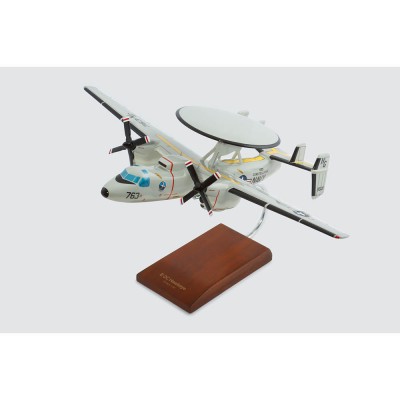





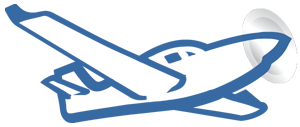 FREE Shipping
FREE Shipping
